Japan Tradition: Hadaka Matsuri
The Hadaka Matsuri
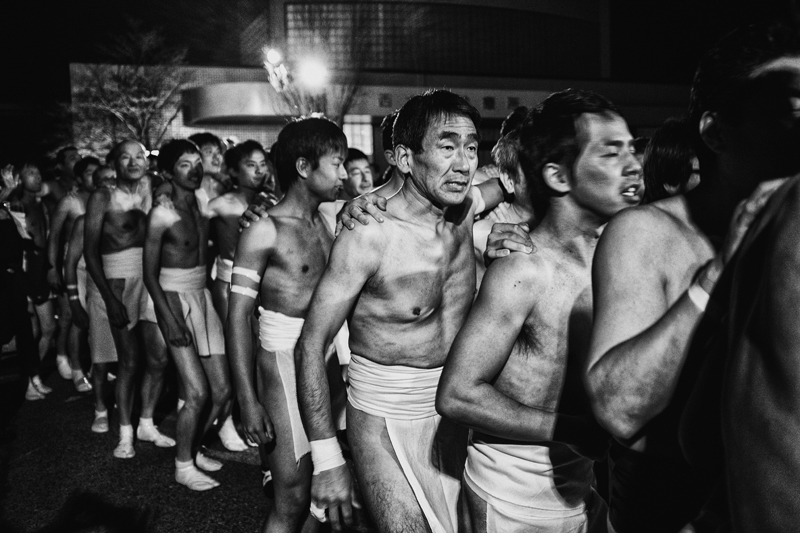
Even though nowadays nudity is not a shame anymore, in this part of the world, and not only here, it still is one of those topics usually considered tingly.
Nudity intrigues us, sometimes it upsets us, and it surely arouses our curiosity.
The Land of the rising sun is a place rich of costumes and traditions often in contrast with each other. Let’s consider for example their obsession with good manners or the extreme attention to their privacy. But also their strong sense of decency and the districts dedicated to night pleasures and endless fun.
What better chance to ‘bare ourselves’, if not during the Hadaka Matsuri.
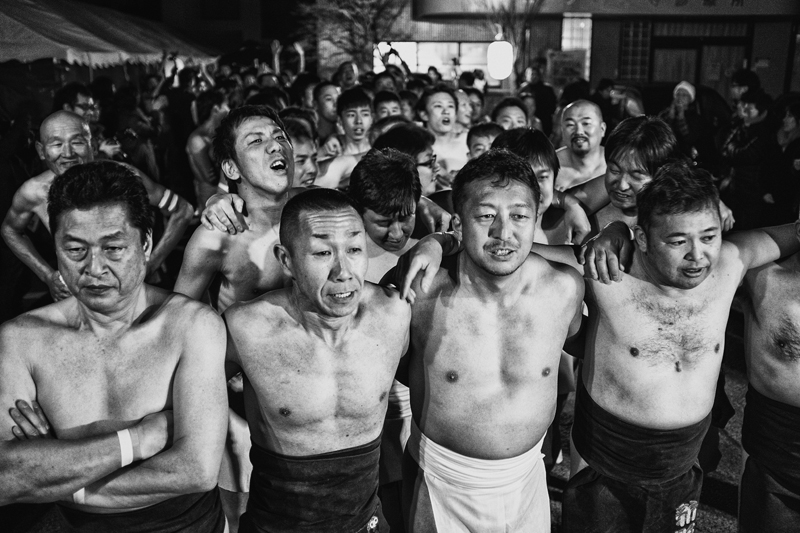
Before we focus on this particular celebration I would like to take a step back. In Japanese language the word matsuri indicates a traditional festival. These festivals usually coincide with an event that attracts thousands of people in streets and parks.
The Origin
A great number of festivals took their origin in Chinese traditional festivals. However these festivity tended to disappear as time passed by, mixing with, or even being replaced by typical Japanese costumes. In fact, in Japan, the idea of festival or celebration derives from the deep bond that this community has with nature. This bond can be traced in the traditional religion of the country, the Shintoism.
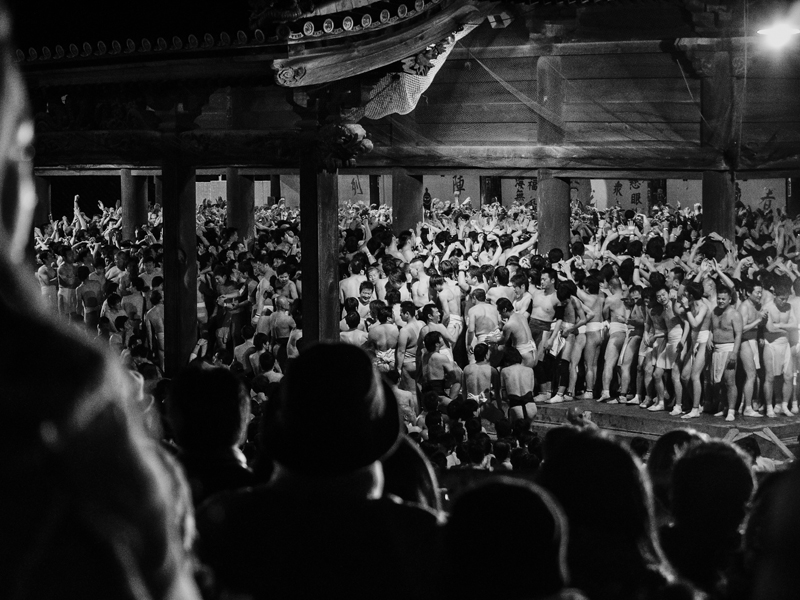
‘Hadaka Matsuri’ literally means ‘Festival of the naked man’. During this celebration the approximately 9.000 participants, all men, wear nothing but the traditional Japanese loincloth, the fundoshi. for those who want to, they can wear a kimono too. But among all participants there are also men that decide to wear nothing at all.
This festival takes place in many different parts of Japan. The most important is the one that takes place in Okayama (city where this festival originated from), on the island of Honshu. It takes place in the Saidai-ji shrine, and in fact the full name of this festival would be “Saidaiji Eyo Hadaka Matsuri”. As it a religious celebration it is absolutely forbidden to bring or drink alcohol. Also, men with tattoos can take part in it, but only if they cover them with a band.
The Hadaka Matsuri has ancient origins. It is said that it can traced back in 767 d.C, when worshipers competed to receive protection charms made of paper, the go-o, thrown to them by a priests.
Hadaka Matsuri and Nudity
According to some evidences, it is believed that those who were able to obtain one of these protection charms would be blessed with good fortune for one year.
Moreover, the collective belief saw in nudity something able to absorb evil forces and misfortune. In fact, the ones that caught the charm were also proclaimed ‘Naked man’ or ‘Naked Spirit’ (shin-otoko). All those that wished to get rid of their misfortune tried to touch him.
But still today it is not easy to ‘touch’ the fortunate man because of the many participants in this festival. Even for frequent participants it might take many years before they are able to touch him.
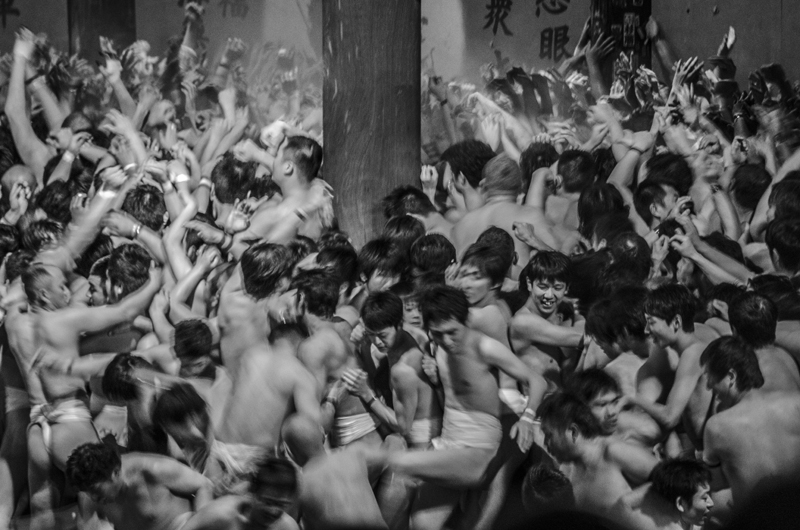
As time passed by, priests realized that the go-o made in paper did not last for long. In fact, they ended up being destroyed right because of the crowd that tried to catch them. Later, they were replaced by wooden sticks still used now and prepared by priests themselves through manual instruments.
And this is how nudity became a sacred tradition.
The Tradition
After a few days of isolation to keep vigil and pray, young participants move toward the shrine wearing only the fundoshi. They run while being hit by ice-cold jet of water. Reached the shrine, they have to catch one of the wooden sticks, the shingi. Priests throw these sticks to the crowd from the upper part of the Shrine. At 22:00, these charms are throw at them with almost all lights off to make it even more challenging. After catching the sticks, the first one that is able to put it in vertical position into a case filled with rice is proclaimed shin-otoko. The winner is blessed with one year of happiness and good fortune, and they will also receive a monetary prize.
Together with the shingi, priests throw 100 willow branches, and all those that are able to catch one will be granted with good fortune for the next year.
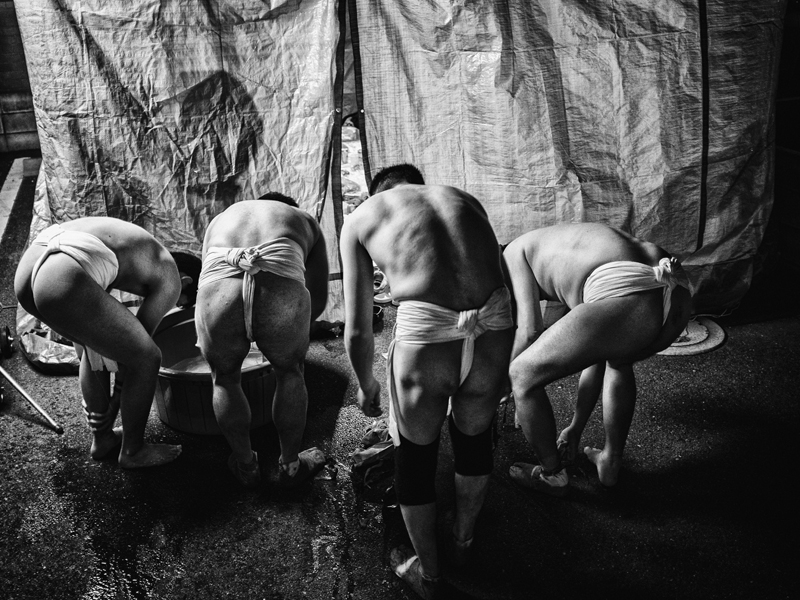
Less fortunate are the incidents that may happen due to the crowd. In the best case scenario they are ‘only’ bruises, broken noses or lips. For this reason that priests always ask participants to write down on their fundoshi (or on a piece of paper inside it) all useful information like: name, surname, address and blood type.
Fotografo : Kurt Gledhill
Share this:
- Click to share on Facebook (Opens in new window)
- Click to share on Twitter (Opens in new window)
- Click to share on Tumblr (Opens in new window)
- Click to share on Pinterest (Opens in new window)
- Click to share on Telegram (Opens in new window)
- Click to share on WhatsApp (Opens in new window)
- Click to share on Reddit (Opens in new window)
- Click to print (Opens in new window)






